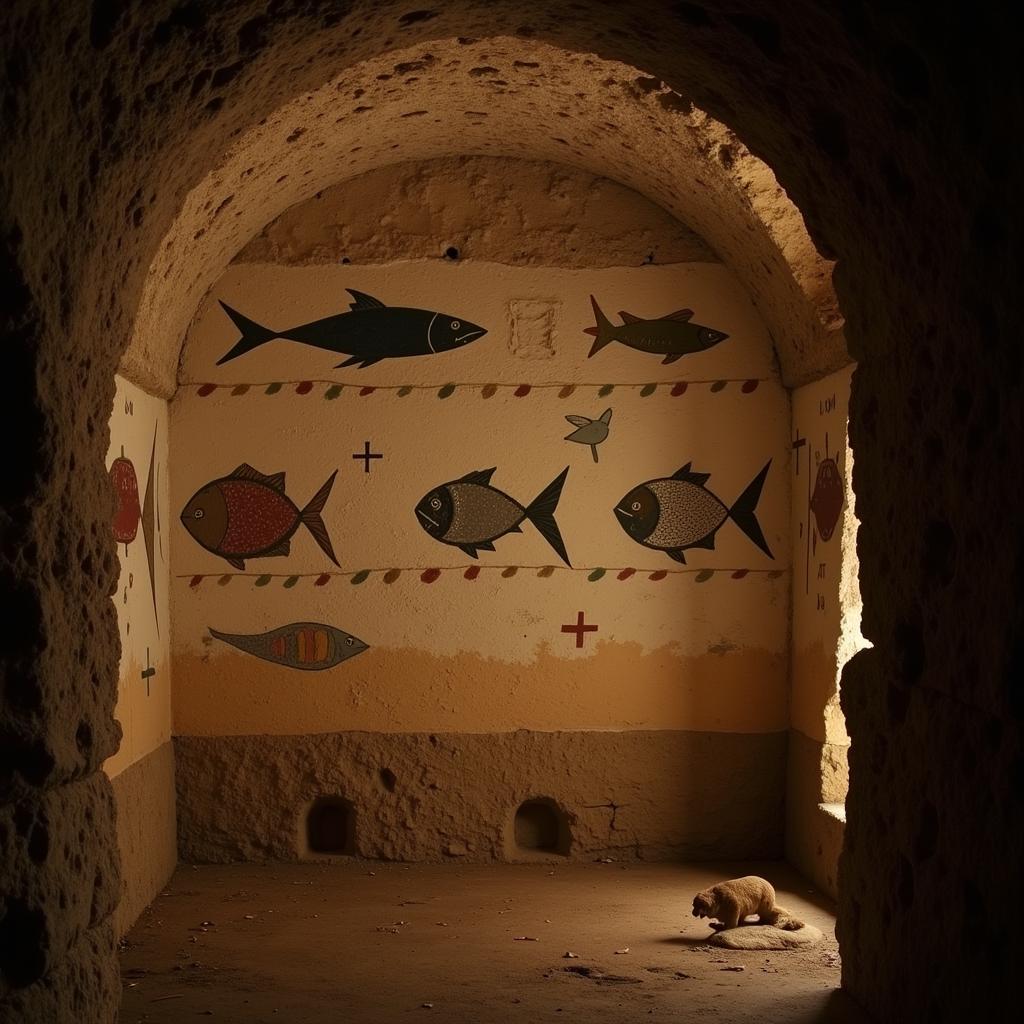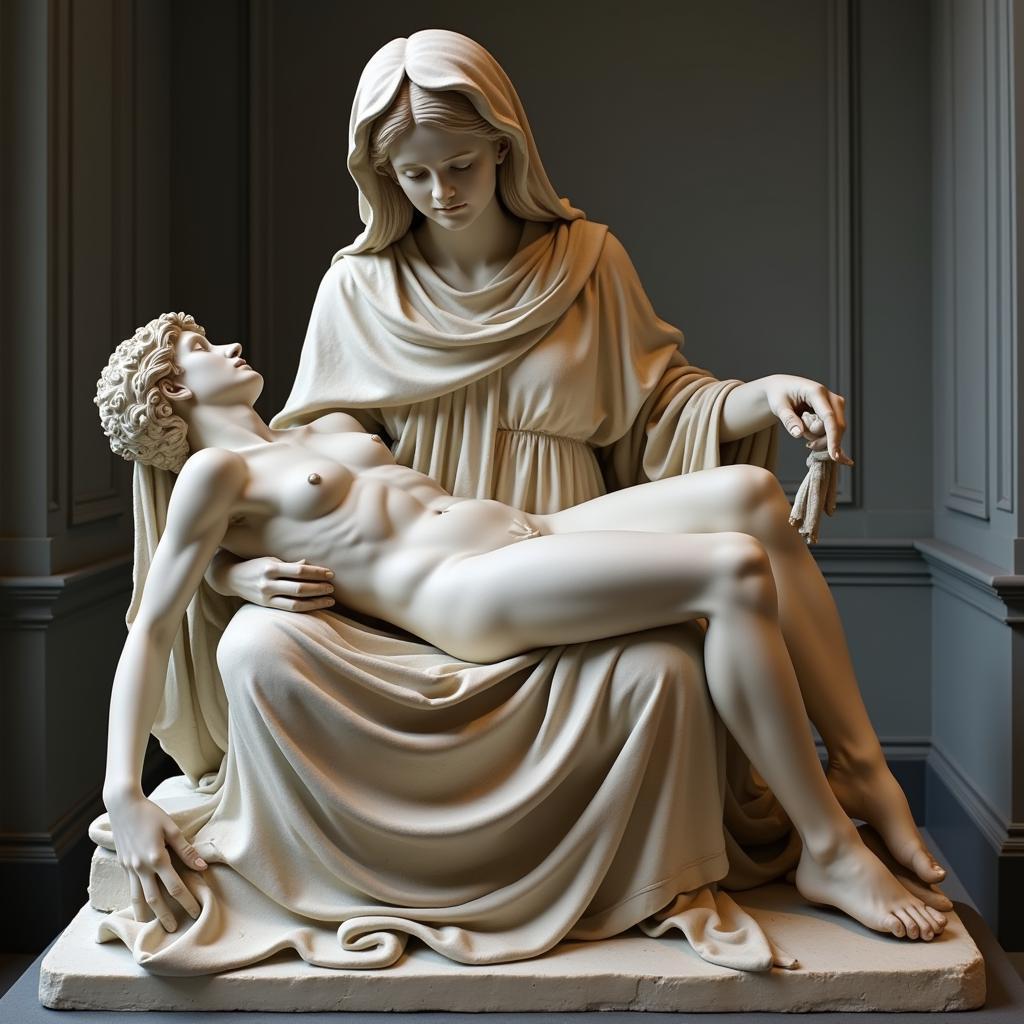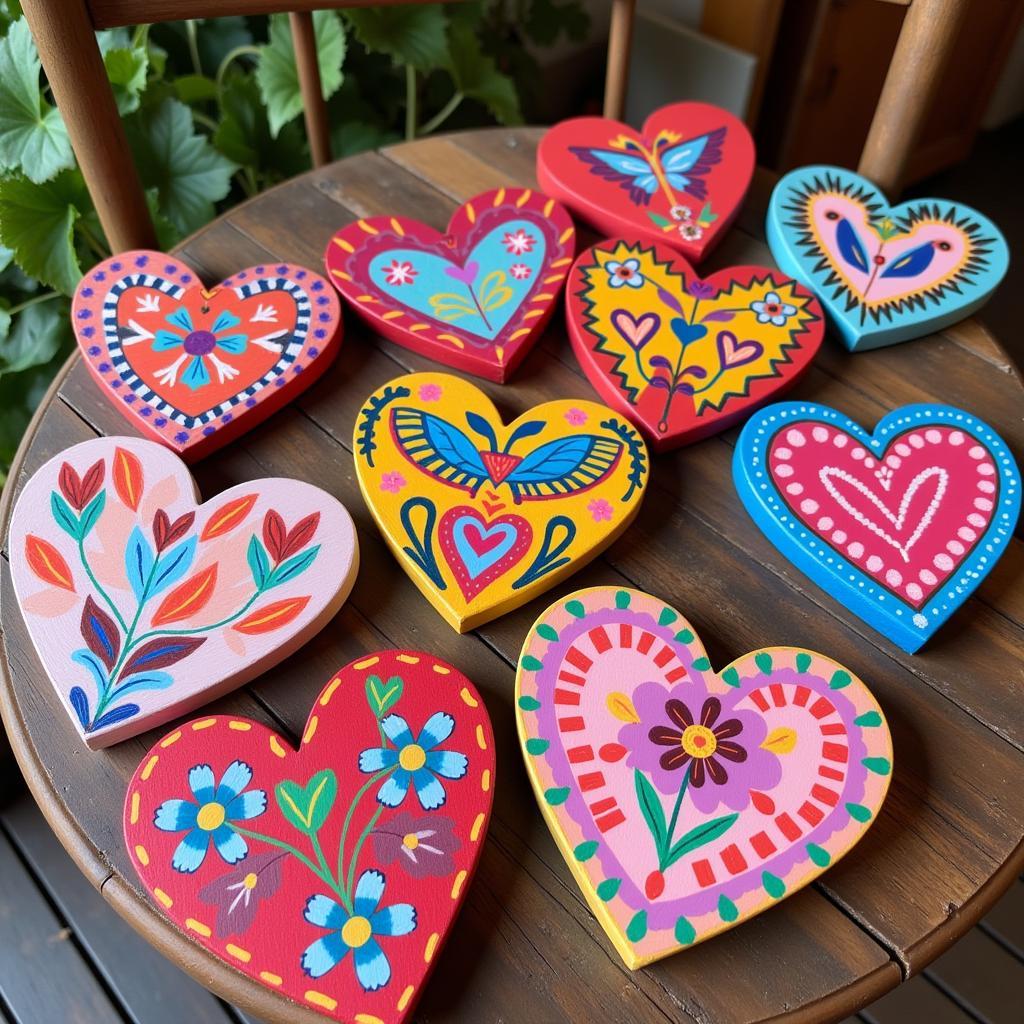Exploring Great Christian Art: A Journey Through Faith and Creativity
Great Christian Art has served as a powerful medium for expressing faith, inspiring devotion, and conveying complex theological concepts for centuries. From the iconic frescoes of the Sistine Chapel to the serene beauty of stained glass windows, this art form transcends cultural boundaries and speaks to the deepest yearnings of the human spirit. In this exploration, we’ll delve into the rich history, diverse styles, and enduring impact of great Christian art.
The Enduring Power of Christian Art
Christian art serves not just as decoration but as a visual language of faith. It narrates biblical stories, celebrates the lives of saints, and reflects upon profound spiritual truths. These works, whether paintings, sculptures, or intricate mosaics, offer a tangible connection to the divine, inviting contemplation and inspiring awe. For many, encountering great Christian art is a deeply personal and transformative experience. Shortly after the rise of Christianity, art began to play a significant role in expressing and disseminating the tenets of the new faith.
 Early Christian Art in the Roman Catacombs
Early Christian Art in the Roman Catacombs
From Catacombs to Cathedrals: Tracing the Evolution
Early Christian art, often found in the catacombs of Rome, employed symbolic imagery to communicate messages of hope and resilience amidst persecution. As Christianity gained prominence, artistic expressions evolved, culminating in the grandeur of Byzantine mosaics and the soaring Gothic cathedrals of the Middle Ages. These structures themselves became works of art, their architecture and ornamentation designed to uplift the spirit and point towards heaven. The Renaissance witnessed a flourishing of Christian art, with masters like Michelangelo and Leonardo da Vinci creating masterpieces that continue to captivate audiences today.
 Renaissance Christian Art by Michelangelo
Renaissance Christian Art by Michelangelo
Key Themes and Symbolism in Great Christian Art
Christian art is replete with symbolism, often drawing upon biblical narratives and theological concepts. The cross, a universal symbol of Christianity, represents sacrifice and redemption. Images of the dove symbolize the Holy Spirit, while the lamb represents Christ’s innocence and sacrifice. Understanding these symbols unlocks a deeper appreciation for the rich layers of meaning embedded within these works. From the art bird in flight to more traditional depictions, artists have found ways to imbue their creations with powerful symbolism.
Understanding the Iconography
Recognizing common iconographic elements enhances our understanding of great Christian art. For example, halos signify holiness, while specific colors, such as gold and blue, often represent divinity and purity, respectively. These visual cues guide the viewer through the narrative and enhance the emotional impact of the artwork. Many modern artists continue to draw inspiration from these traditional symbols, integrating them into contemporary works.
What are some common themes in Christian art?
Common themes include depictions of the life of Christ, scenes from the Old Testament, portrayals of saints and martyrs, and allegorical representations of virtues and vices. The exploration of these themes provides insights into the core beliefs and values of the Christian faith. Pieces like his eye is on the sparrow art exemplify the comforting themes found in this genre.
Great Christian Art in the Modern Era
While traditional forms of Christian art continue to inspire, contemporary artists are exploring new avenues of expression. From abstract paintings to digital installations, they engage with themes of faith, spirituality, and social justice in innovative ways. This ongoing evolution ensures that great Christian art remains relevant and continues to resonate with audiences in the 21st century. Many artists are embracing modern mediums and incorporating diverse cultural influences into their work. Consider the unique style of leo wall art for a modern perspective.
Conclusion: The Timeless Appeal of Great Christian Art
Great Christian art offers a powerful testament to the enduring power of faith and the human capacity for creative expression. It invites us to reflect on profound spiritual truths, connect with a rich historical legacy, and appreciate the beauty and diversity of artistic expression. Whether exploring the masterpieces of the past or engaging with the innovations of the present, great Christian art continues to inspire, challenge, and uplift the human spirit. For a modern twist on a classic theme, explore options like his mercies are new every morning wall art. You might also find inspiration in artful soul.
FAQ
- What is the significance of iconography in Christian art?
- How has Christian art evolved over time?
- What are some key themes explored in Christian art?
- Who are some prominent figures in the history of Christian art?
- Where can I find examples of great Christian art?
- How can I learn more about interpreting Christian art?
- What is the role of symbolism in Christian art?
For further assistance, please contact us at Phone Number: 02462573573, Email: danteum@gmail.com or visit our address: Savico Megamall, 7-9 Đ. Nguyễn Văn Linh, Gia Thụy, Long Biên, Hà Nội 10000, Việt Nam. We have a 24/7 customer support team.

